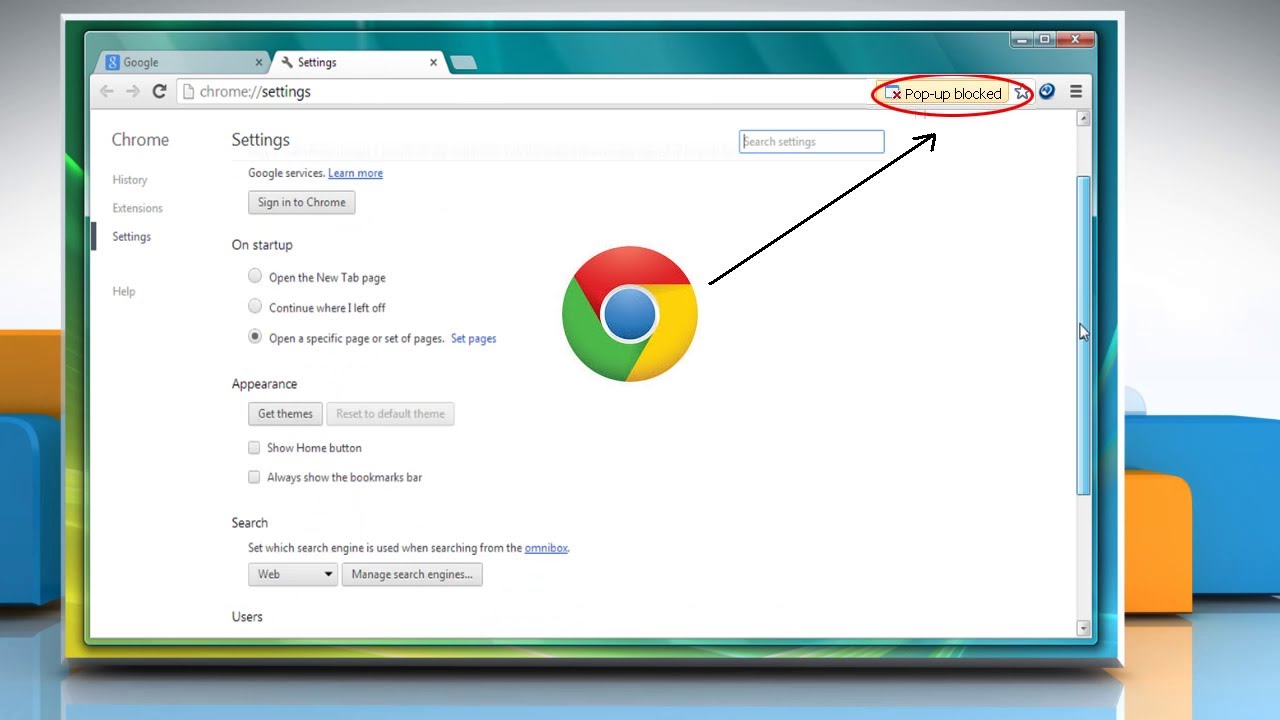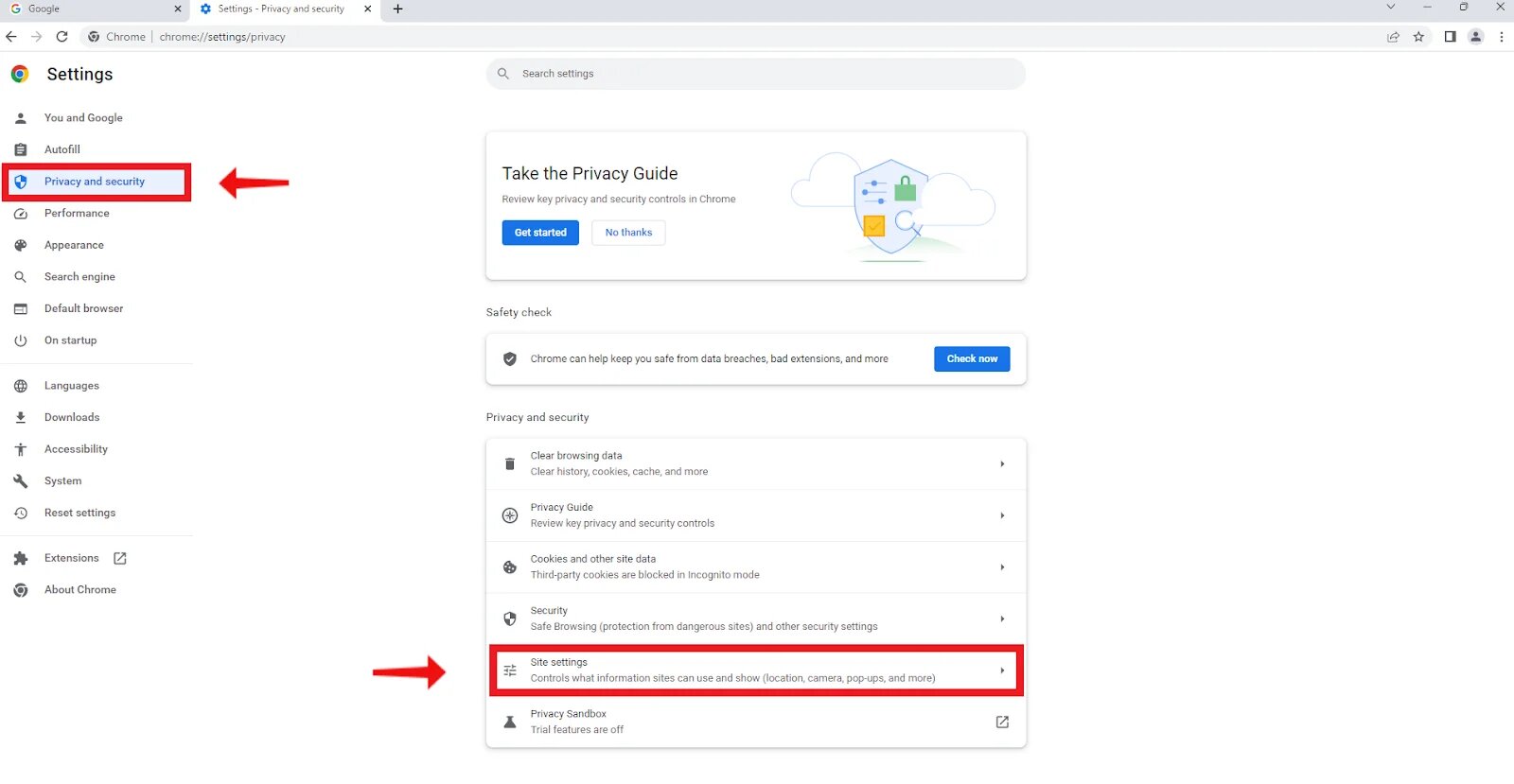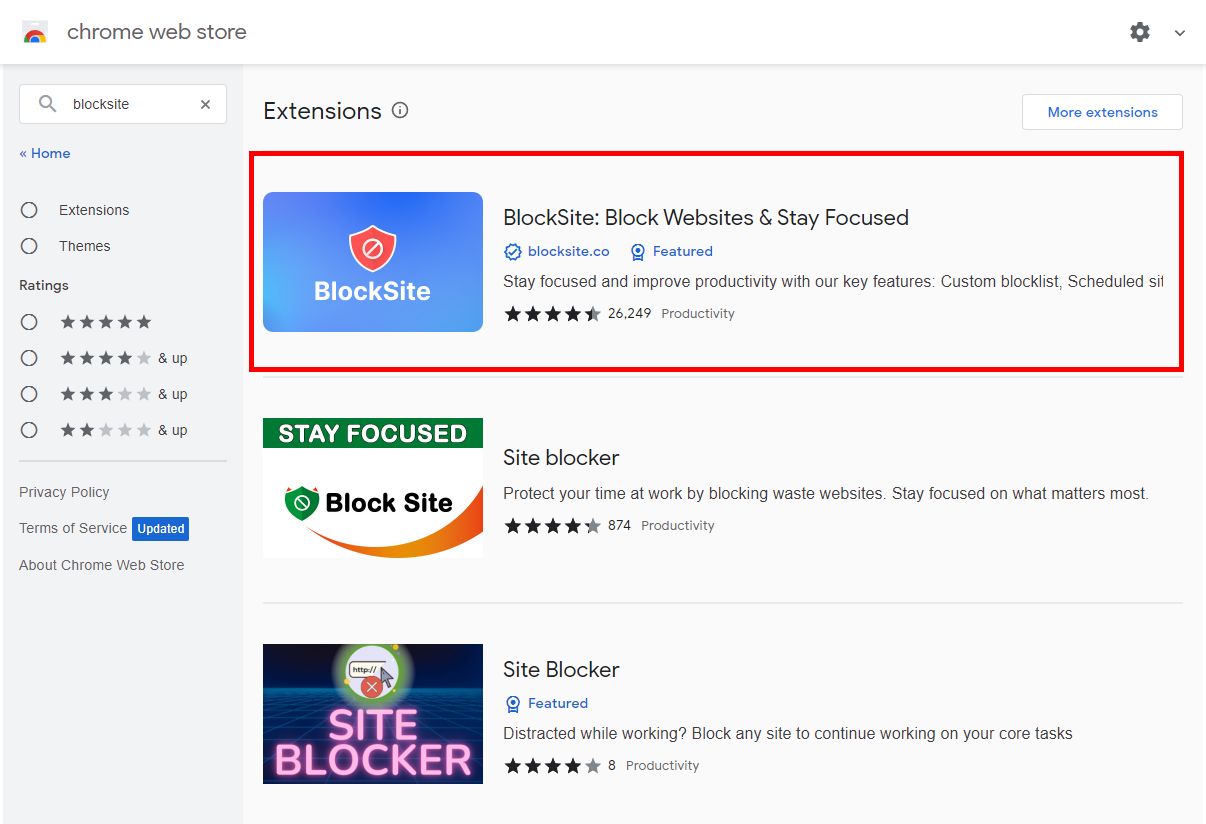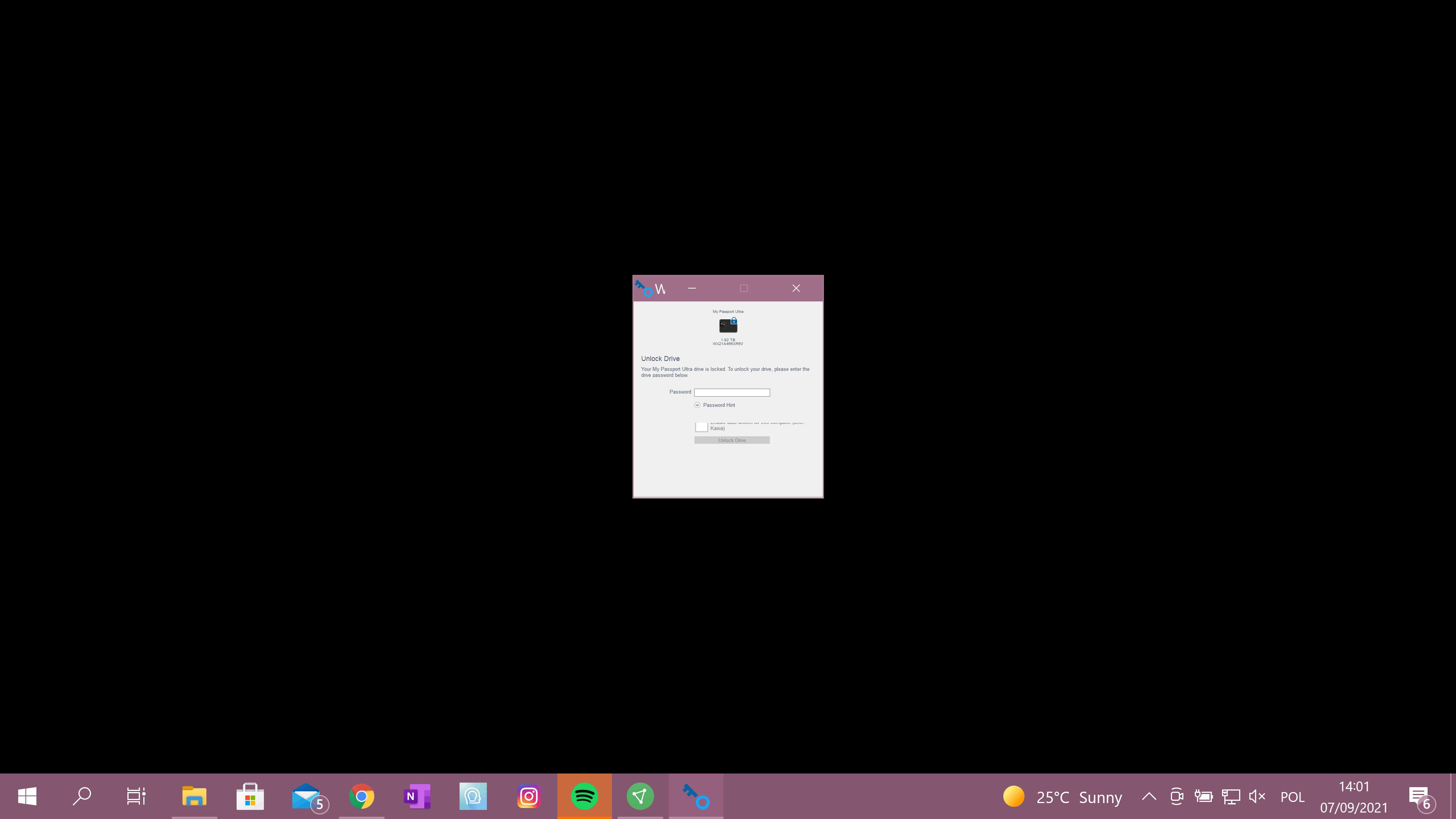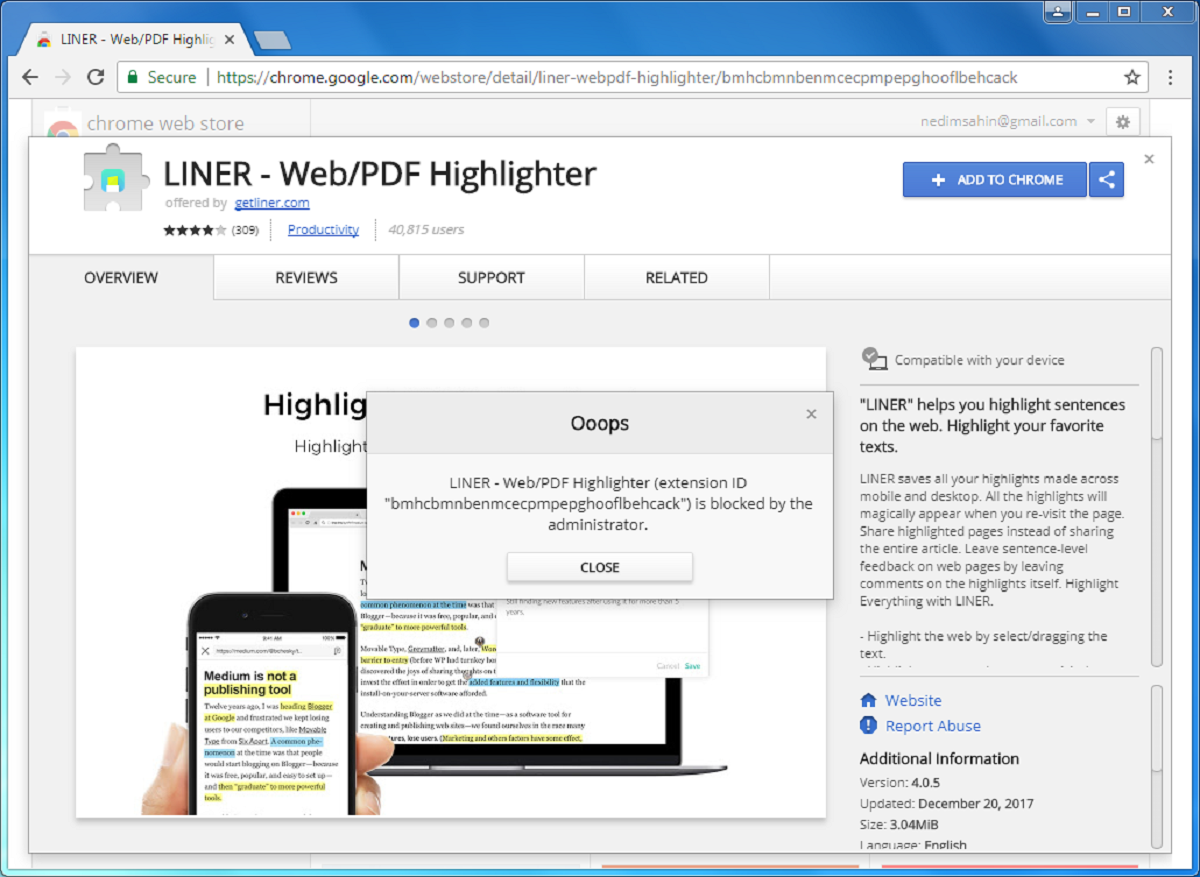Introduction
When browsing the internet, encountering malicious downloads can be a frustrating and potentially harmful experience. Google Chrome, one of the most popular web browsers, has built-in security features to protect users from such threats. However, there may be situations where Chrome incorrectly identifies a safe download as malicious and blocks it from being accessed or downloaded. So, what can you do if you encounter this issue and need to unblock a malicious download in Chrome?
In this article, we will explore some practical steps you can take to unblock a malicious download in Google Chrome. We will guide you through the process of adjusting Chrome’s security settings, disabling Chrome Safe Browsing, excluding the file from Chrome’s quarantine, temporarily disabling antivirus software, and using a different web browser. By following these steps, you can regain access to the download you require without compromising your computer’s security.
It’s important to note that before unblocking any download, you should carefully evaluate the source of the file and ensure it is from a trusted and reliable source. Taking precautions is crucial to protect your system from potentially harmful files that could compromise your security or expose you to malware, ransomware, or other threats.
Now, let’s dive into the steps you can follow to unblock a malicious download in Google Chrome and regain access to the files you need.
Step 1: Check Your Chrome Security Settings
The first step in unblocking a malicious download in Google Chrome is to check your Chrome security settings. Sometimes, Chrome’s default settings may be too strict and mistakenly flag legitimate downloads as malicious. By adjusting these settings, you can ensure that Chrome allows the download you need.
To access Chrome’s security settings, follow these steps:
- Open Google Chrome on your computer.
- Click on the three dots in the top right corner to open the Chrome menu.
- Scroll down and click on “Settings.”
- In the Settings tab, click on “Privacy and security” in the left-hand sidebar.
- Under the “Security” section, click on “Security and privacy settings.”
Once you’ve reached the Security and Privacy Settings page, there are a few options you can modify to adjust Chrome’s security levels.
First, check if the “Safe Browsing” feature is enabled. Safe Browsing helps protect you from dangerous websites and downloads by displaying warnings when you attempt to access suspicious content. To disable Safe Browsing for a specific download, you can temporarily turn off this feature.
Next, you can modify the “Automatic downloads” setting. By default, Chrome automatically blocks downloads that may be malicious. You can choose to allow downloads from specific sites by adding them to the “Allow” list.
Additionally, you may want to consider adjusting the “Insecure content” setting. This setting determines how Chrome handles insecure content (such as downloads from HTTP sites) on secure web pages. Depending on your needs, you can choose to block or allow such content.
After making the necessary adjustments to your Chrome security settings, save the changes and try downloading the file again. If Chrome was incorrectly blocking the download, the modification should now allow you to access and download the file without any further issues.
Keep in mind that modifying your security settings should be done cautiously, as it can potentially expose your system to malicious content if not done correctly. Always ensure that you understand the implications of the changes you make and trust the sources from which you are downloading files.
Step 2: Disable Chrome Safe Browsing
If you have determined that the blocked download is safe and is being incorrectly flagged by Chrome’s Safe Browsing feature, you can temporarily disable Safe Browsing to allow the download. Here’s how you can disable Safe Browsing in Google Chrome:
- Open Google Chrome on your computer.
- Click on the three dots in the top right corner to open the Chrome menu.
- Scroll down and click on “Settings.”
- In the Settings tab, click on “Privacy and security” in the left-hand sidebar.
- Under the “Security” section, click on “Security and privacy settings.”
- Toggle the switch next to “Safe Browsing” to turn it off.
Disabling Safe Browsing will allow you to download the blocked file without any warnings or restrictions. However, remember that Safe Browsing is a valuable security feature that helps protect you from potentially harmful websites and downloads. It is recommended to re-enable Safe Browsing once you have successfully downloaded the file.
Note that disabling Safe Browsing should only be done if you are confident in the safety of the file you are trying to download and the source from which it originates. Exercise caution and ensure that you trust the website and the content you are accessing.
If you are unsure about the safety of a file or if you encounter multiple blocked downloads from different sources, it’s advisable to keep Safe Browsing enabled to safeguard your system against potential threats. In such cases, consider following the next steps to unblock the download while keeping Safe Browsing active.
Now that you have disabled Safe Browsing, proceed to the next steps to further troubleshoot and unblock any malicious downloads in Google Chrome.
Step 3: Exclude the File from Chrome’s Quarantine
If a file has been mistakenly flagged as malicious and quarantined by Chrome, you can exclude it from quarantine to access and use the file. Following these steps will help you exclude the file from Chrome’s quarantine:
- Open Google Chrome on your computer.
- Click on the three dots in the top right corner to open the Chrome menu.
- Scroll down and click on “Downloads.”
- In the Downloads window, locate the blocked or quarantined file.
- Right-click on the file and select “Restore” or “Recover malicious file.”
- When prompted, confirm that you want to exclude the file from Chrome’s quarantine.
By excluding the file from Chrome’s quarantine, you are telling Chrome to treat the file as safe, allowing you to access and use it without any restrictions.
It’s important to note that excluding a file from quarantine should only be done if you are confident that the file is safe and does not pose any security risks. Exercise caution and ensure that you trust the source and the integrity of the file. If you are unsure about the file’s safety or if it is from an unknown or untrustworthy source, it’s advisable to keep the file quarantined or to delete it altogether.
Now that the file has been successfully excluded from quarantine, you can proceed to download and use it as needed.
Stay tuned for the next steps to unblock a malicious download in Google Chrome if the previous steps have not resolved the issue.
Step 4: Disable Antivirus Software Temporarily
If you have followed the previous steps and are still unable to unblock a malicious download in Google Chrome, it’s possible that your antivirus software is flagging the file as a potential threat. In such cases, temporarily disabling your antivirus software can help you download and access the file. However, exercise caution when disabling antivirus software, as it leaves your computer more vulnerable to potential threats. Here’s how you can disable antivirus software temporarily:
- Locate the antivirus software icon in your system tray or taskbar.
- Right-click on the icon and select the option to temporarily disable or turn off the software.
- If prompted, specify the duration for which you want to disable the antivirus software (e.g., 15 minutes, 1 hour).
Once your antivirus software is temporarily disabled, proceed with downloading the file in Google Chrome. If the antivirus software was falsely flagging the download as malicious, you should now be able to access and use the file without any restrictions.
It’s important to re-enable your antivirus software as soon as you have successfully downloaded the file. Leaving your computer unprotected for an extended period exposes it to potential risks and threats. Consult the documentation or support resources provided by your antivirus software to learn how to reactivate it.
If disabling antivirus software does not resolve the issue or if you encounter similar problems with multiple downloads, it may be necessary to consult with your antivirus software’s support team or consider using alternative antivirus software that is more compatible with your browsing needs.
Now that you have disabled your antivirus software temporarily, proceed to the next step to explore an alternative solution to unblock a malicious download in Google Chrome.
Step 5: Use a Different Web Browser
If you have tried all the previous steps and are still unable to unblock a malicious download in Google Chrome, one alternative solution is to try using a different web browser. Some downloads may be blocked or flagged as malicious specifically by Chrome’s security features, while other browsers may not have the same restrictions. Here’s how you can use a different web browser to access the blocked download:
- If you don’t already have an alternative web browser installed, consider popular options like Mozilla Firefox, Microsoft Edge, Safari, or Opera.
- Download and install the preferred web browser on your computer.
- Open the newly installed web browser.
- Visit the website or source from which you want to download the blocked file.
- Locate the download link or button for the file and proceed with downloading it.
By using a different web browser, you bypass Chrome’s security settings and potentially eliminate any restrictions that were preventing the download. However, keep in mind that other web browsers also have their own security features, so exercise caution when downloading files and ensure that you trust the source.
If the file downloads successfully using the alternative web browser, you can then proceed to use the file as needed. However, it is recommended to address any potential security concerns by scanning the file with an up-to-date antivirus software before opening or executing it.
While using a different web browser can be a viable temporary solution, it is important to address any underlying issues with Chrome’s security settings or conflicts with your antivirus software to prevent future problems with downloads. Consider reaching out to Google Chrome support or your antivirus software provider for assistance in resolving the issue.
With these steps, you should now have a better understanding of how to unblock a malicious download in Google Chrome. However, it’s important to remember that caution and vigilance are key when it comes to downloading files from the internet. Always verify the source and intent of the file before proceeding, and ensure that you have adequate security measures in place to protect your computer and data.
Conclusion
Encountering a blocked or malicious download in Google Chrome can be frustrating, but there are several steps you can take to address the issue. By adjusting Chrome’s security settings, disabling Safe Browsing, excluding files from quarantine, temporarily disabling antivirus software, or using a different web browser, you can unblock and access the downloads you need.
Throughout this article, we have provided a step-by-step guide to help you navigate each solution. It is crucial to exercise caution and ensure that you trust the source and integrity of the files you are downloading. Taking preventive measures, such as scanning files with antivirus software and keeping your systems up to date with security patches, can further enhance your protection against potential threats.
Remember that the safety of your computer and data should always be a top priority. While these steps can help you unblock a malicious download, it is essential to maintain a proactive approach to security and stay informed about the latest threats and best practices.
If you continue to experience issues with blocked downloads or have concerns about the security of your computer, consider seeking guidance from knowledgeable professionals or reaching out to official technical support channels provided by Google Chrome or your antivirus software provider.
By combining your vigilance with the steps outlined in this article, you can enhance your ability to safely download and access the files you need while keeping your system protected from potential threats.










